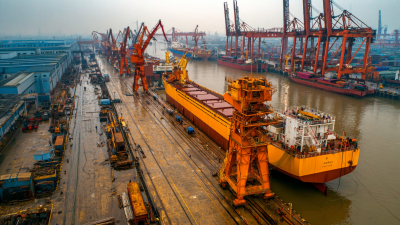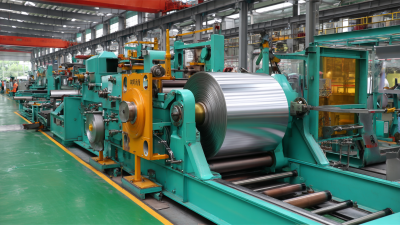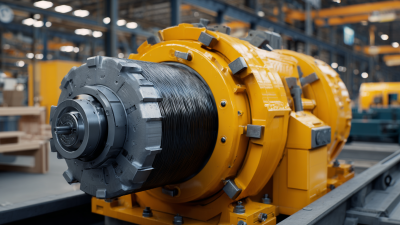In today's fast-paced manufacturing environment, the efficiency and precision of material handling systems are paramount, and a key component of this is the Conveyor Belt Cutting Machine. According to a recent industry report by Grand View Research, the global conveyor systems market is projected to reach USD 13.6 billion by 2025, fueled by the increasing demand for automation across various sectors. As manufacturers seek to enhance productivity and reduce operational costs, the choice of the right cutting machine becomes critical. A well-selected Conveyor Belt Cutting Machine not only ensures optimal performance but also minimizes waste and downtime, impacting overall operational efficiency. With a myriad of options available, making an informed decision requires understanding specific needs, cutting technologies, and the long-term benefits that align with industry standards.
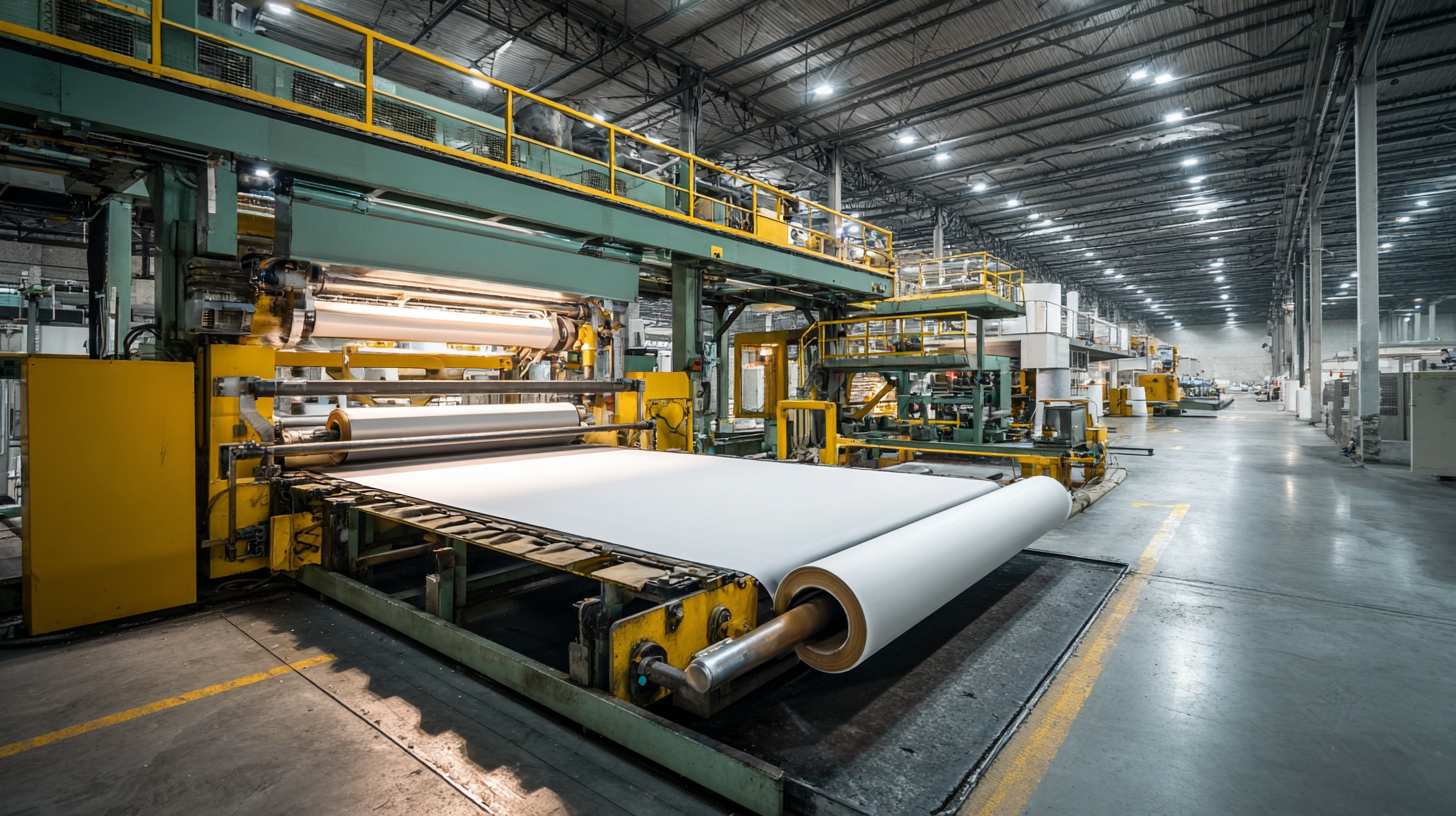
When selecting a conveyor belt cutting machine, it's crucial to understand the different types available that cater to various industrial needs. The primary categories include hydraulic, electric, and manual cutting machines. Hydraulic machines are favored for their power and efficiency, capable of handling thicker belts up to 50 mm, which is essential for heavy-duty applications. Electric cutting machines, on the other hand, provide precision and ease of use, ideal for operations with varying belt thicknesses. Lastly, manual machines are cost-effective and suitable for smaller workshops or less demanding tasks.
According to a report by Research and Markets, the global conveyor belt market is projected to grow significantly, driven by increasing automation in industries. This growth reflects the need for efficient cutting solutions that can improve workflow and reduce manual labor, making the choice of cutting equipment even more essential.
**Tips:** When choosing a cutting machine, consider the belt material and thickness you'll be working with, as well as the machine's power requirements. Additionally, ensure the machine features safety features such as emergency stops and protective guards. Regular maintenance of the cutting equipment is crucial to prolong its lifespan and maintain precision.
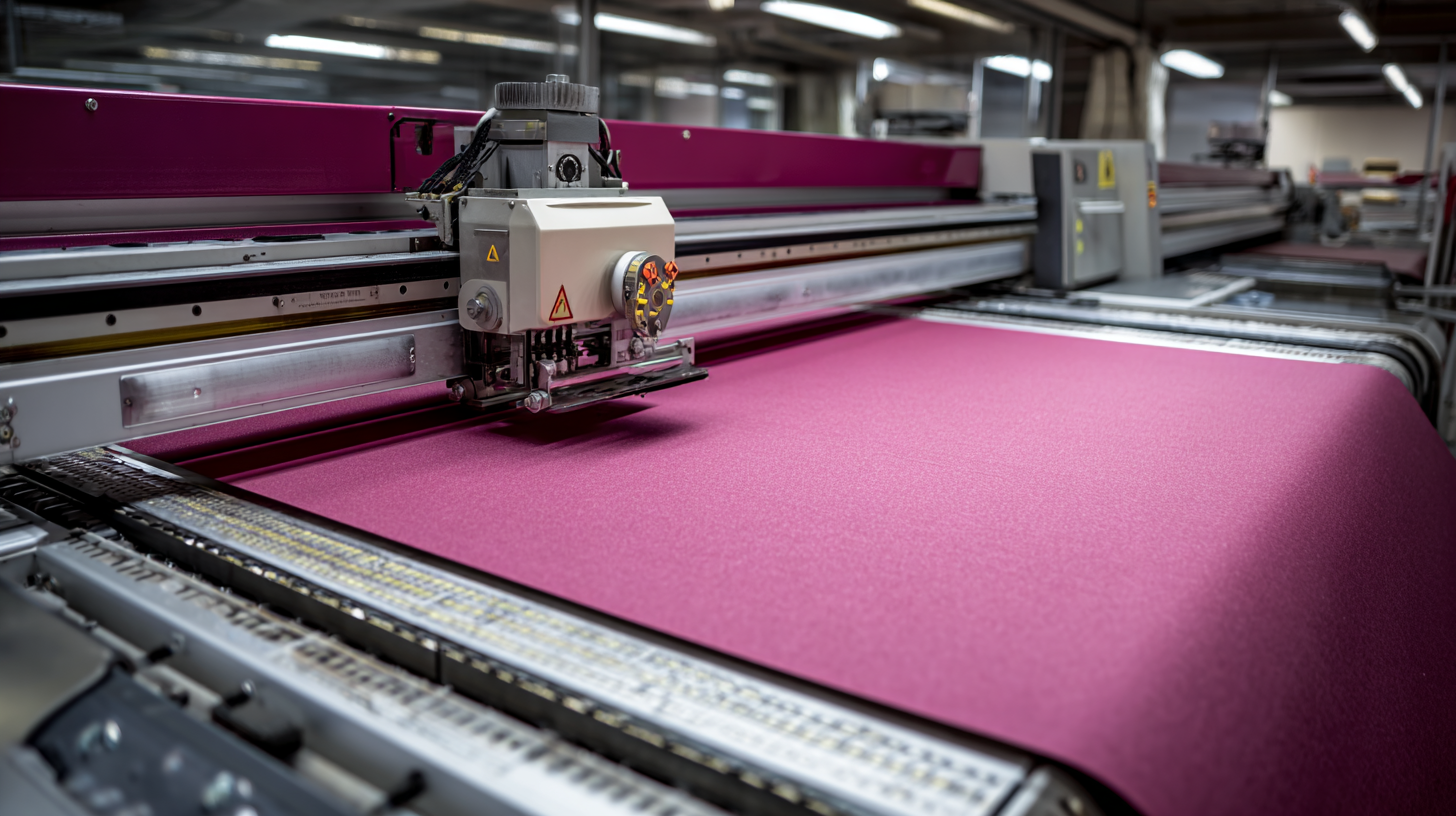
When selecting the right conveyor belt cutting machine for your needs, several key factors should be considered to ensure optimal performance and efficiency. First, assess the type of materials you will be cutting. Different machines are designed for various materials, and choosing the correct one will significantly impact the quality of your cuts.
Another crucial factor is the machine's cutting speed and precision. High-speed machines may seem appealing, but they must also provide accurate cuts. Look for machines that offer adjustable speed settings and high-resolution capabilities. This flexibility will allow you to tackle a diverse range of projects smoothly.
Tips: Always evaluate the maintenance requirements of the cutting machine. Machines that are easy to clean and service can save you time and costs in the long run. Additionally, consider machine compatibility with other equipment you may have, as seamless integration can enhance your workflow efficiency. Don't forget to read customer reviews and seek expert advice to better understand the performance and reliability of the machine before making a purchase.
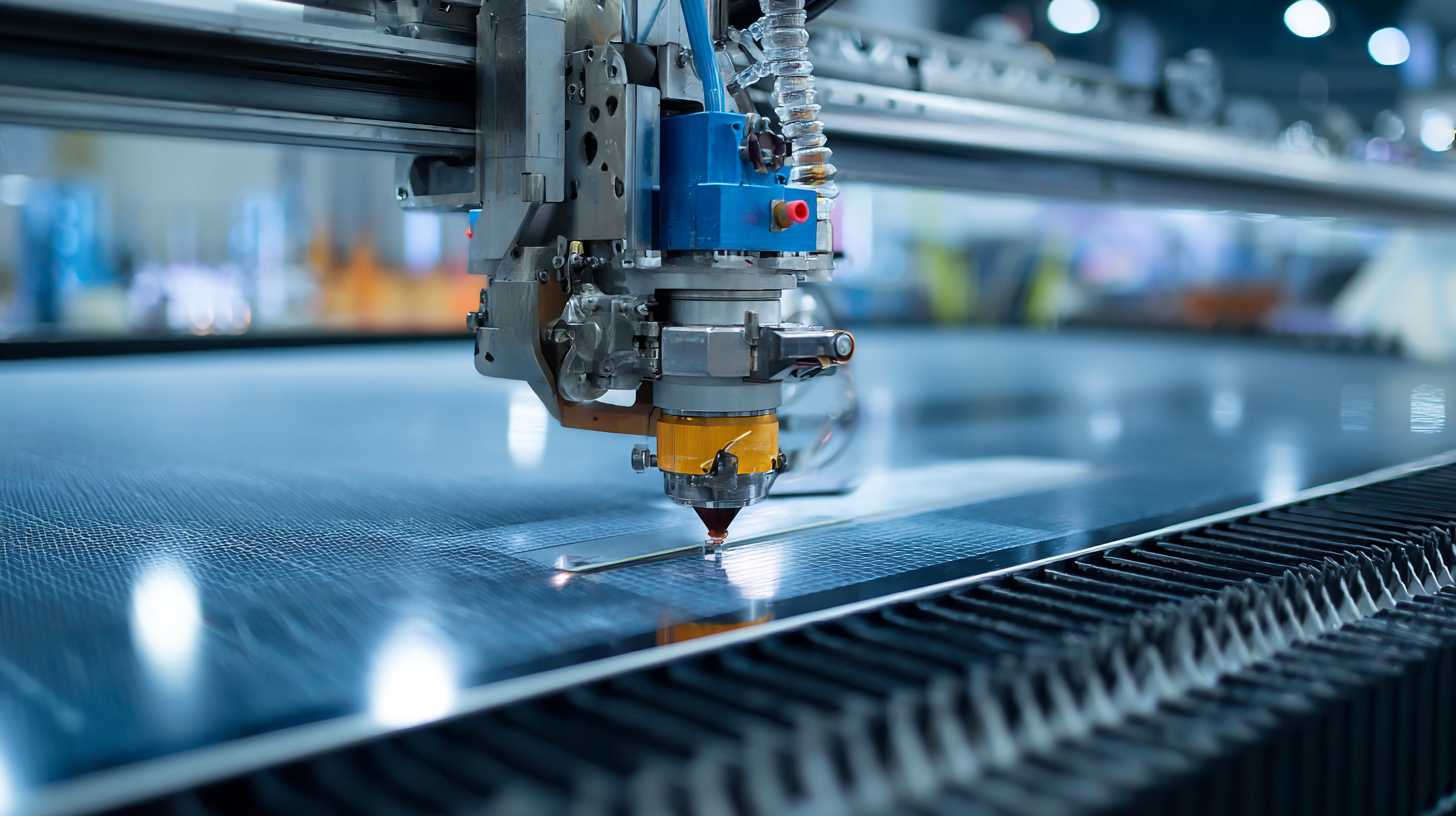
When choosing between manual and automatic conveyor belt cutting solutions, it’s essential to consider your operational needs and efficiency requirements. Manual cutting machines offer a lower initial investment and greater flexibility for small-scale operations or custom projects. However, they can be labor-intensive and may lead to inconsistencies in cut quality, potentially increasing waste and production time.
In contrast, automatic conveyor belt cutting machines, while generally more expensive, provide significant advantages in terms of precision and throughput. According to a recent industry report by the International Conveyor Belt Association, companies utilizing automatic cutting solutions have reported a 30% increase in production efficiency and a reduction in material waste by up to 20%. This can translate to substantial cost savings over time, making automation a worthwhile consideration for medium to large-scale operations.
**Tips:** When assessing your needs, evaluate the volume of production, the types of materials used, and the desired turnaround time. A thorough cost-benefit analysis comparing the long-term gains of automation with the upfront costs can help in making an informed decision. Additionally, if you're starting small, consider a hybrid approach, utilizing manual solutions initially while planning for future investment in automation as demand grows.
When selecting a conveyor belt cutting machine, evaluating performance and efficiency is crucial to optimize your production processes. A machine's cutting speed, precision, and adaptability to various belt materials can significantly impact your operational costs and output quality. Look for cutting machines that provide consistent performance across different belt thicknesses and compositions, ensuring a versatile solution for your needs.
Tips: Consider machines with programmable features that allow for easy adjustments based on the specific materials you are working with. This will enhance efficiency and reduce downtime during switching tasks. Additionally, examine customer reviews and case studies to gauge the real-world performance of potential machines.
Another important factor is the maintenance requirements of the cutting machine. High-performance machines should have accessible components for regular maintenance, ensuring long-term reliability without excessive interruption. An efficient machine minimizes waste and maximizes production, so prioritize options that feature advanced technology for precision cutting and automated settings to streamline workflows.
Tips: Always inquire about the availability of spare parts and service support when making your decision. A reliable service team can significantly extend the lifespan of your cutting machine and maintain its performance at optimal levels.
To ensure the longevity and optimal performance of your conveyor belt cutting machine, regular maintenance is crucial. One of the most effective maintenance tips is to establish a routine inspection schedule. This involves checking for any signs of wear and tear, such as blade dullness or unusual vibrations during operation. Addressing these issues early can prevent costly repairs and downtime.
In addition to regular inspections, it's essential to keep the cutting equipment clean. Accumulation of debris and dust can hinder the efficiency of the machine and affect the quality of cuts. Utilizing a soft brush and compressed air to remove particles from critical areas can enhance performance. Furthermore, lubricating moving parts according to the manufacturer's recommendations reduces friction and prolongs the life of the machine. By integrating these maintenance practices, you can ensure that your conveyor belt cutting machine remains reliable and efficient for years to come.

